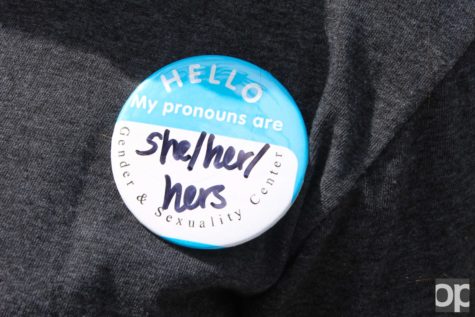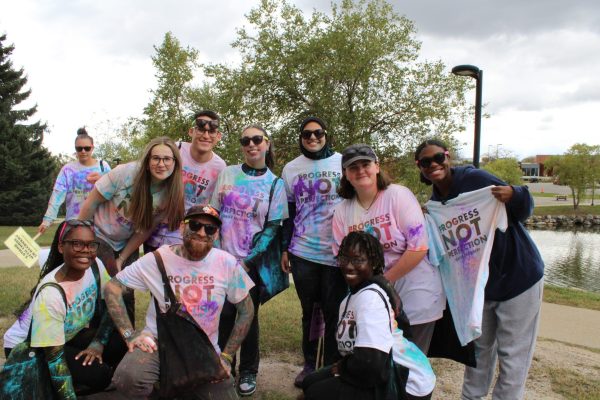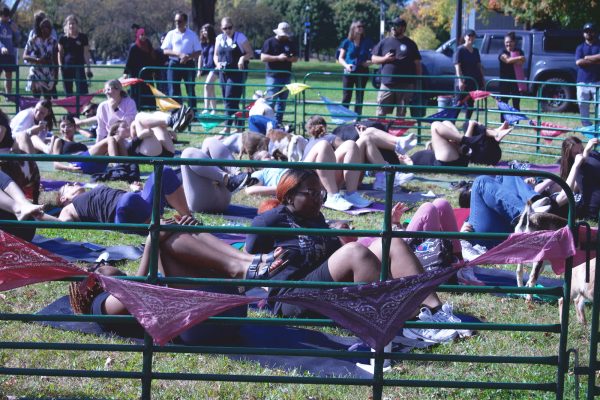That’s not my name: Oakland adopts preferred name policy
Update Sept. 8, 2016 at 3:45 p.m.: A previous version of this article erroneously stated that students will be able to use their preferred name on their student ID cards beginning in January 2017. The Oakland Post apologizes for the error.
It’s the first day of class. The classroom is full, and the professor calls name after name.
“Sharon?”
No one responds. The student next to you raises their hand.
“I prefer to go by Steven.”
The professor writes that down and class goes on. For the rest of the semester, the whole class knows that Steven isn’t their “real” name.
The student was forced to out themselves on day one.

Oakland University’s new preferred name policy lets students be known by names other then the one given at birth.
This is reality for many students on campus who don’t want to use their birth name in class for a variety of reasons. They may have just come out as transgender and cannot afford to have their name changed. They may be from another country, and prefer to use a name that is easier for Americans to pronounce. Maybe they prefer to go by their middle name.
Oakland University’s new preferred name policy makes it possible for students to not out themselves in the classroom.
Students and faculty have been trying to introduce a preferred name policy for eight years.
Anders Engnell, vice president of OUSC, has been part of the push for the policy. He explained that, this semester, only the first half of the policy has been implemented.
Right now, students can change their name on Banner and MySail. In January 2017, students will be able to change their names on Moodle.
Eighty-four students added a preferred name in the first week of the policy’s implementation alone, according to Engnell.
“The biggest issue we kept running into was that we were told it was too expensive,” Engnell said. “We sat down with VP Glenn McIntosh and said that we wanted this. President Hynd told us to go forward no matter what.”
Engnell said that after Hynd was on board, approval had to trickle down through other administrators.
He said that the next phase, following the January 2017 additions, is to work with University Housing to get night watch and other Housing check-in services on board with the policy.
Grace Wojcik, director of the Gender and Sexuality Center, said that the GSC has recently partnered with University Admissions to recruit students and show that OU is an LGBTQ+ accepting environment.
She said that in the five years she’s been on campus, she has seen huge changes.
“We’ve come a far way, we’re doing a great job,” she said.
In the future, she said there might be ways for OU to follow suit with other universities’ preferred name policies. Wojcik explained that some universities have options on applications asking students to list their sexual orientation and preferred pronouns. This would help the university get more information on the retention rates of LGBTQ+ students.
Wojcik also said she’s heard that there will be a gender neutral bathroom included in the upcoming OC expansion.
“It’s such a hub of campus,” she said. “It’ll help transgender and gender-nonconforming students, it’ll help parents with small children, and help anyone who prefers the restroom, really.”
Also included in the OC expansion will be a renovated GSC office.
“It’s an exciting time to get involved with LGBT involvement on campus,” Wojcik said. “This year we had the most people sign up for our email list. Over 100 people signed up, and these people are going to get involved all over campus in the future.”
Information about changing your name on MySail and Banner can be found on OU’s website. There are step-by-step instructions on changing your name in the system for others to see and use.









